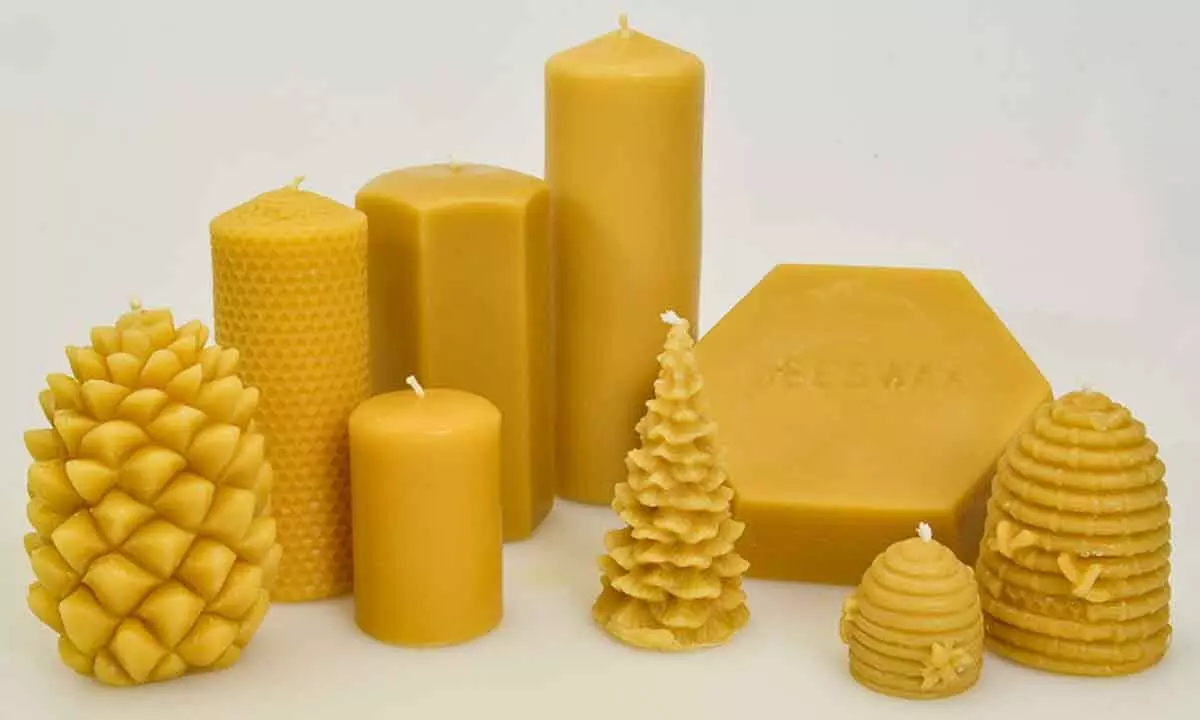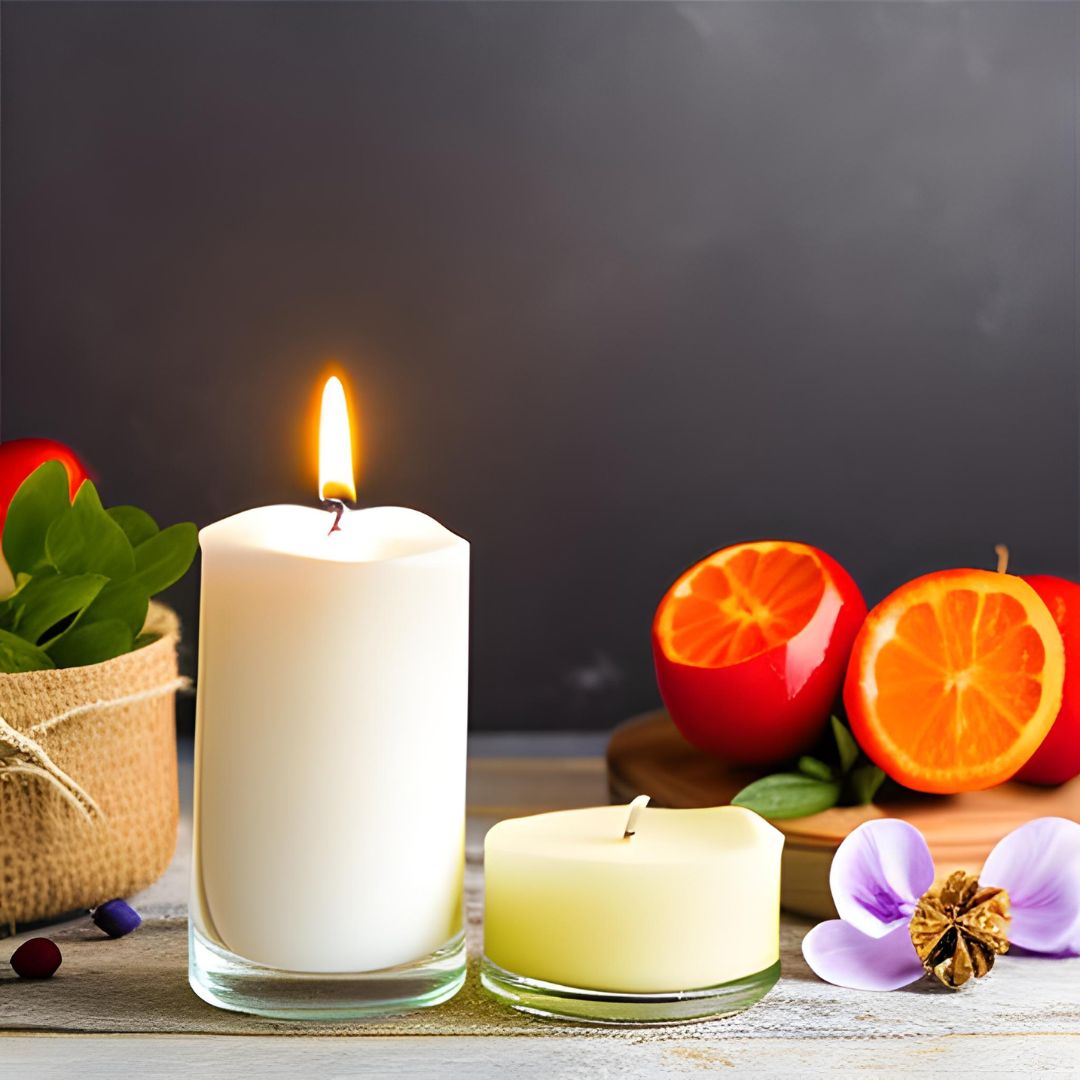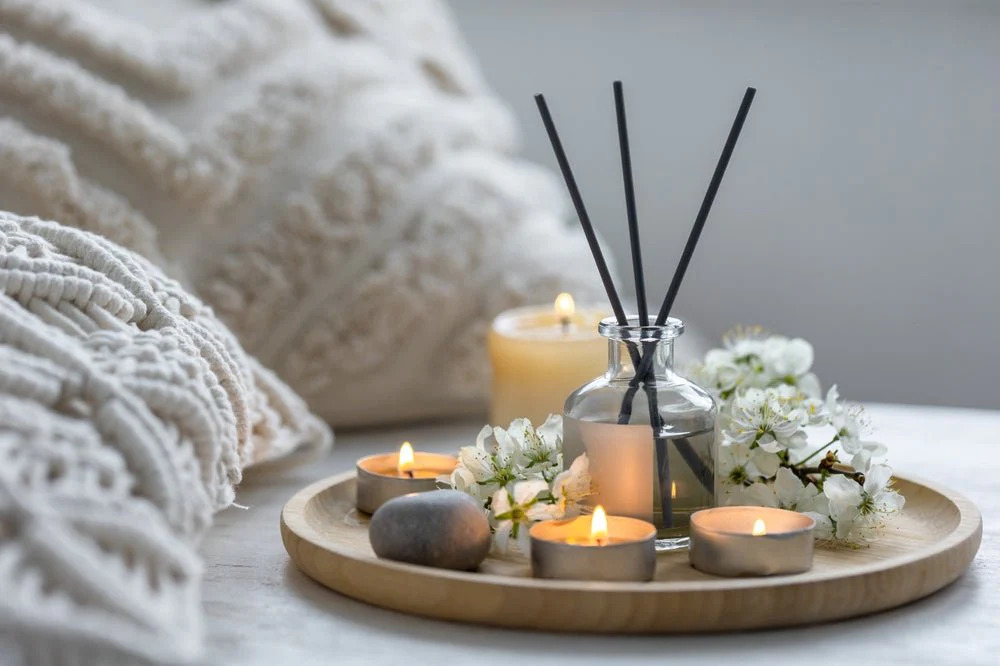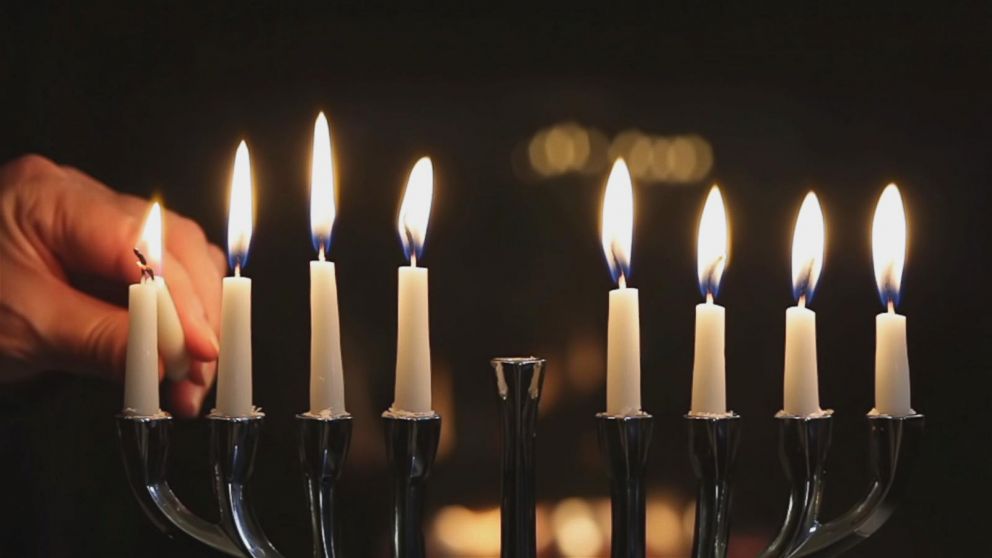The Art of Candle Making: Handcrafted Candles for Ambiance and Rituals
The humble candle remains a symbol of warmth, tranquillity, and mystery in a world brimming with technological advancements and artificial lighting. The flickering flame of a handcrafted candle can transform any space, imbuing it with a sense of calm and serenity. Candles have been used for centuries, not just as a source of light, but also as a tool for rituals, ceremonies, and ambience creation. In this blog post, we will explore the fascinating world of candle making, delving into the art of crafting candles by hand, the history behind this age-old tradition, and the rituals that have made candles a cherished part of human culture.
The Essence of Candle Making: A Journey Through History
Candle-making is an ancient craft, with its roots stretching back thousands of years. The Egyptians made the earliest known candles around 3000 BC, using reeds soaked in animal fat. Over time, the art of candle-making evolved, with various cultures developing their own techniques and materials. The Romans are credited with creating the first true candles by dipping rolled papyrus in beeswax or tallow, while the Chinese and Japanese used wax from insects and seeds.
Throughout history, candles have been more than just a source of light; they have played a significant role in religious and spiritual practices. In medieval Europe, for example, candles were often used in churches and monasteries during religious ceremonies. The symbolism of light in the darkness made candles an essential part of spiritual rituals, representing hope, guidance, and the divine.
The Art of Handcrafting Candles: A Creative and Meditative Process
Handcrafted candles are a testament to the artistry and creativity of the maker. Unlike mass-produced candles, which are often made using synthetic materials and automated processes, handcrafted candles are created with care, attention to detail, and a deep appreciation for the materials used. The process of making candles by hand is both an art and a meditation, allowing the maker to connect with the ancient tradition of candle making while infusing their creations with personal intention and energy.
Materials and Techniques: The Building Blocks of Handcrafted Candles
At the heart of candle making are the materials. The choice of wax, wick, and fragrance can greatly influence the final product, making each candle unique. There are several types of wax commonly used in candle making:
1. Beeswax:
One of the oldest and most traditional types of wax, beeswax is known for its natural honey scent and golden colour. It burns cleanly and emits a warm, comforting glow.
2. Soy Wax:
A popular choice for eco-conscious candle makers, soy wax is made from soybean oil. It is biodegradable, renewable, and burns slower than other waxes, making it ideal for long-lasting candles.
3. Paraffin Wax:
A byproduct of petroleum, paraffin wax is widely used in commercial candles due to its affordability and versatility. However, it is less environmentally friendly than natural waxes.
4. Coconut Wax:
A luxurious option, coconut wax is made from the meat of coconuts. It has a creamy texture and excellent fragrance-holding properties, making it a favourite for high-end candles.
5. Palm Wax:
Derived from palm oil, this wax creates candles with a unique crystalline finish. It is often used in pillar candles due to its hardness.
The choice of wick is equally important, as it determines how the candle will burn. Cotton wicks are the most common, but wooden wicks have gained popularity for their crackling sound and even burn. The addition of fragrance and essential oils can elevate a candle from a simple source of light to an aromatic experience, filling a room with soothing or invigorating scents.
The Rituals of Candle Making: Infusing Intention into Each Candle
For many, candle-making is not just a craft, but a ritual. The process of melting the wax, choosing the fragrance, and pouring the candle can be a meditative experience, allowing the maker to focus their intentions and energy on the candle. This is especially true for those who create candles for spiritual or ritualistic purposes.
In various cultures, candles are used in rituals to manifest intentions, honour deities, or mark special occasions. For example, in Wiccan and Pagan traditions, candles are often used in spellwork and meditation. The colour of the candle is carefully chosen to correspond with the desired outcome—white for purity, red for love, green for prosperity, and so on. The act of lighting the candle is seen as a way to release the energy of the intention into the universe. Similarly, in the practice of mindfulness and meditation, lighting a candle can serve as a focal point, helping to calm the mind and create a peaceful atmosphere. The gentle flicker of the flame can be a reminder to stay present and centred, making candles a powerful tool for inner reflection and spiritual growth.
Creating Ambiance with Handcrafted Candles: Setting the Mood
One of the most common uses of candles is to create ambience. Whether you're hosting a dinner party, enjoying a relaxing bath, or simply unwinding after a long day, the soft glow of a candle can transform the atmosphere of any space. Handcrafted candles, with their unique scents and personalized touches, can add an extra layer of warmth and character to your surroundings.
The key to creating the perfect ambience with candles lies in understanding the interplay of light, scent, and environment. A well-placed candle can enhance the mood of a room, making it feel cosy, inviting, or even romantic. For example, a cluster of beeswax candles on a dining table can create an intimate setting for a dinner party, while a single lavender-scented candle in the bathroom can turn a regular bath into a spa-like experience.
Candle Making for Rituals and Celebrations: Honoring Traditions
Candles have long been associated with rituals and celebrations, marking significant moments in our lives. From birthdays to religious ceremonies, candles play a central role in many of our most cherished traditions. Handcrafted candles, with their unique designs and personal touches, can make these occasions even more special.
For example, in the Jewish tradition, candles are lit on the menorah during Hanukkah to commemorate the miracle of the oil. In Christianity, candles are often used during Advent and Christmas to symbolize the light of Christ. In Hinduism, candles or oil lamps are lit during Diwali, the festival of lights, to represent the triumph of light over darkness. Creating your own candles for these occasions can add a deeper level of meaning and connection to the rituals. Whether you're crafting candles for a wedding, a spiritual ceremony, or a personal meditation practice, the act of making the candle can become a ritual in itself, infusing the final product with your intentions and energy.
Tips for Getting Started with Candle Making: A Beginner's Guide
If you're inspired to try your hand at candle making, you're in for a rewarding experience. Not only will you create beautiful, personalized candles, but you'll also gain a deeper appreciation for this ancient craft. Here are some tips to help you get started:
1. Start with Simple Materials:
For beginners, it's best to start with basic materials like soy wax, cotton wicks, and essential oils. As you gain experience, you can experiment with different types of wax, wicks, and fragrances.
2. Use a Double Boiler:
When melting wax, always use a double boiler to prevent the wax from overheating. A double boiler allows for even heating and reduces the risk of accidents.
3. Measure Your Fragrance:
To achieve the right scent strength, it's important to measure your fragrance oils accurately. A good rule of thumb is to use 1 ounce of fragrance oil per pound of wax, but you can adjust this based on your preferences.
4. Choose the Right Wick Size:
The size of your wick will determine how well your candle burns. If the wick is too small, the candle may tunnel; if it's too large, the candle may burn too quickly or produce soot. Be sure to follow the manufacturer's recommendations for wick sizing based on the diameter of your candle.
5. Experiment with Colors and Designs:
One of the joys of candle making is the ability to customize your candles with colours and designs. You can use candle dyes, embeds, and moulds to create unique and visually stunning candles.
6. Be Patient:
Candle-making is a process that requires patience. Allow your candles to cool and cure properly before burning them to ensure the best results.
Conclusion: The Magic of Handcrafted Candles
The art of candle making is a journey of creativity, intention, and connection. Each handcrafted candle is a reflection of the maker's skill, passion, and energy, transforming simple materials into a source of light, ambience, and ritual. Whether you're drawn to candle making as a creative outlet, a meditative practice, or a way to honour traditions, you'll find that this ancient craft has the power to bring warmth and meaning into your life.
As you explore the world of candle making, you'll discover that there is much more to this craft than meets the eye. From the history and symbolism of candles to the intricate process of handcrafting them, there is a rich tapestry of knowledge and tradition to uncover. So, light a candle, take a deep breath, and let the magic of handcrafted candles illuminate your path.








Comments
Post a Comment